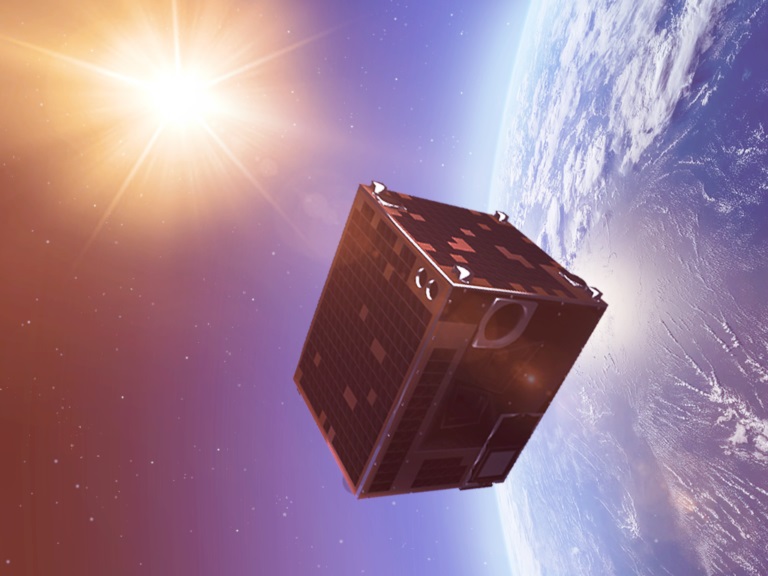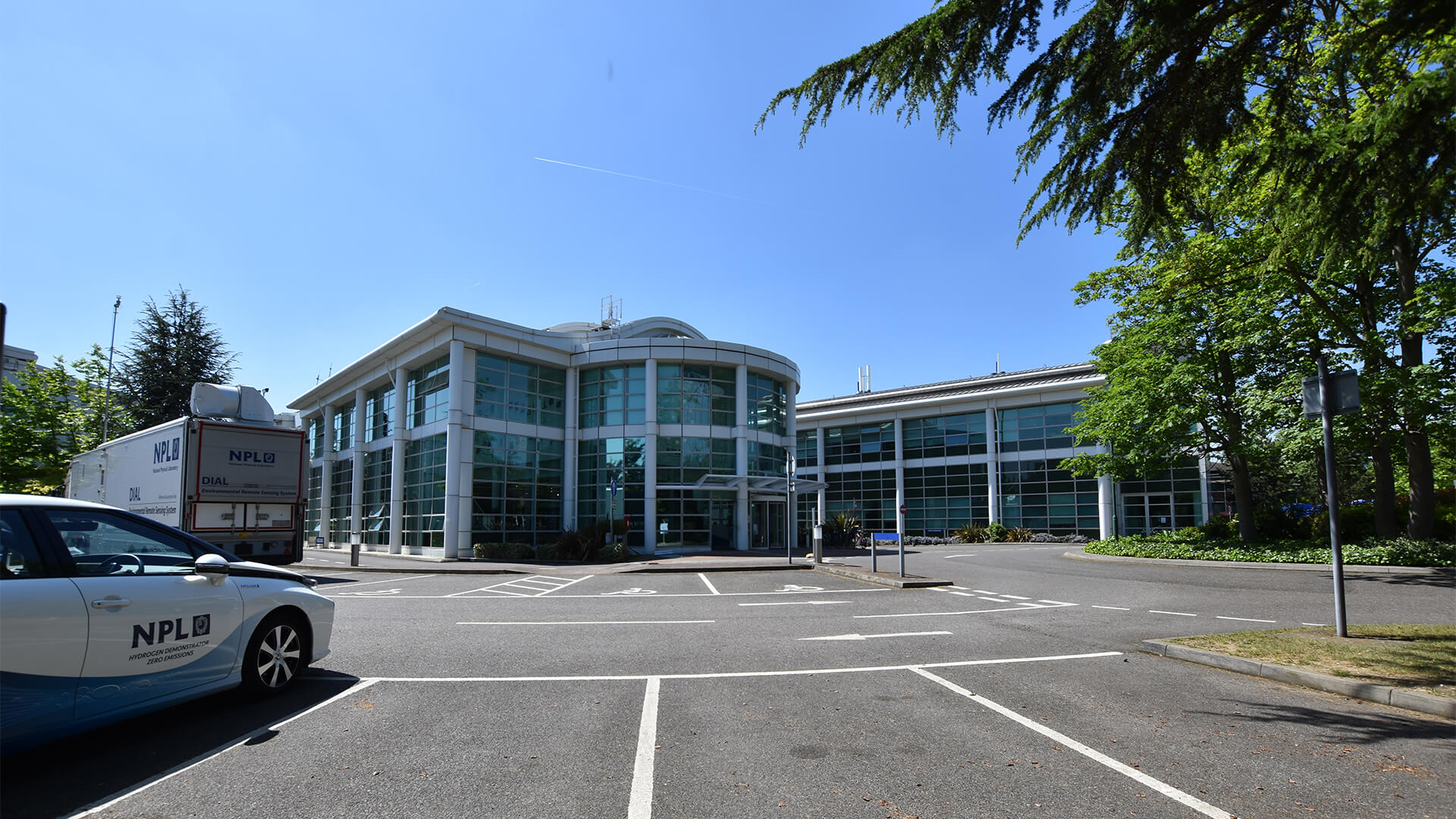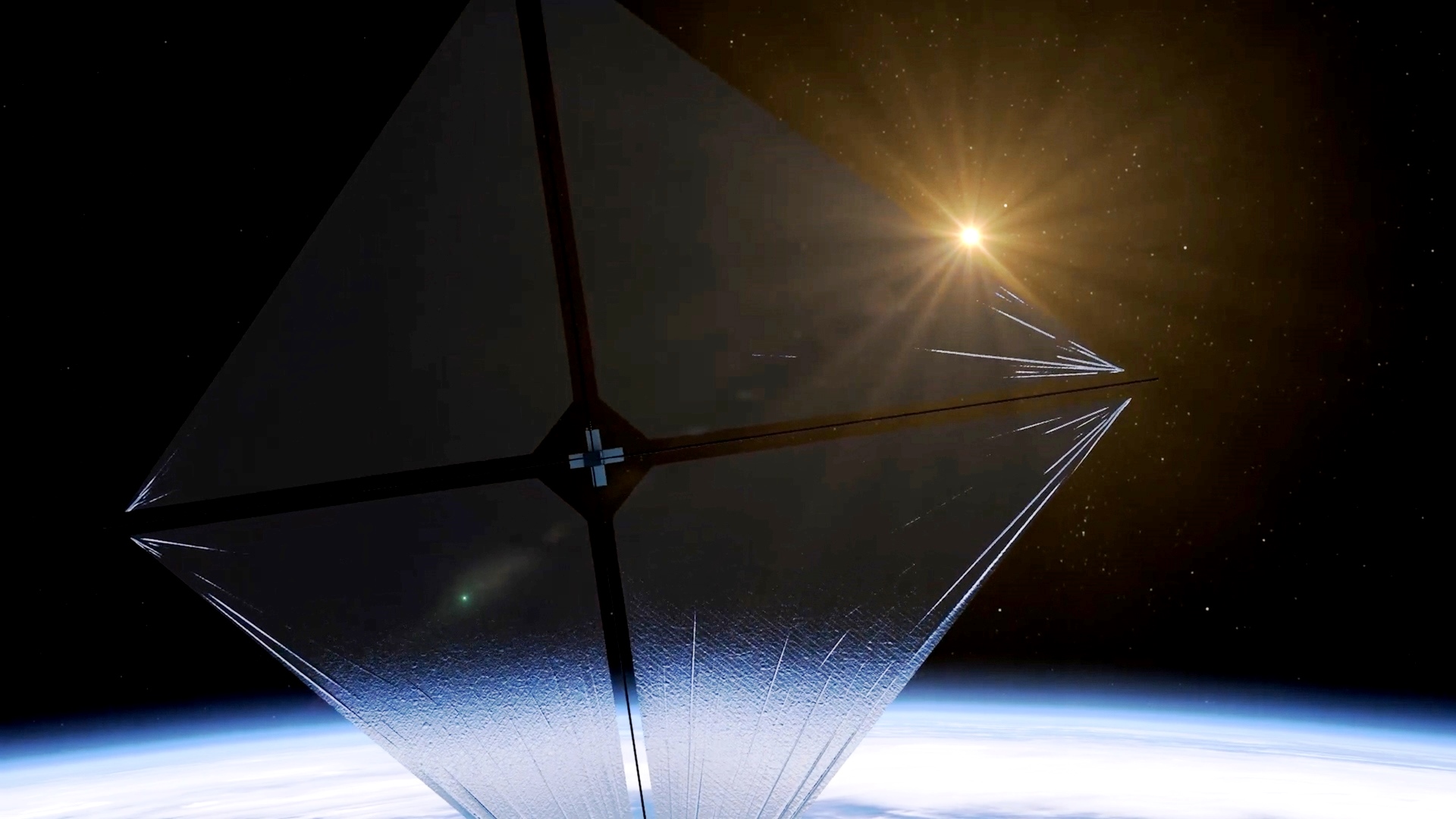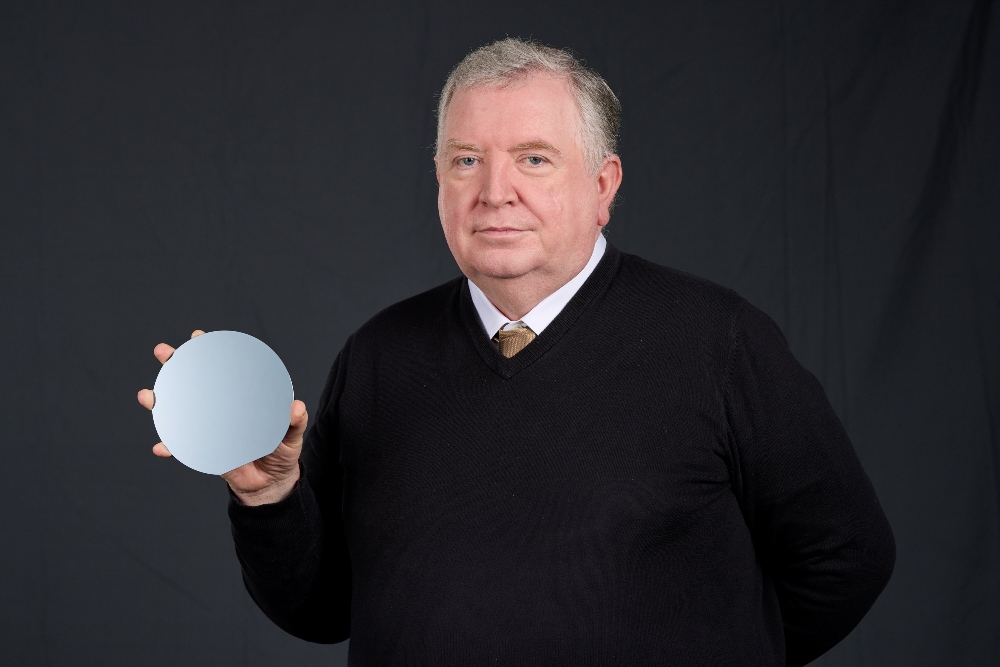Rosetta comet probe's grand finale

The legacy of Rosetta will keep scientists busy for many years as they analyse the vast and valuable amount of data it has delivered.
Michael Menking, Head of Earth Observation, Navigation and Science at Airbus Defence and Space said: “We are extremely proud to have built this robust and reliable spacecraft which was, and still is, a key contributor to unveiling the secrets of comets and the origin of life. I thank all parties involved in designing, building, running and utilising Rosetta and turning a Mission Impossible into an epic and fruitful space adventure.”
It took 10 years and a journey of more than six billion kilometres to reach comet 67P/Churyumov–Gerasimenko. Rosetta has today made a controlled descent onto the comet’s surface, bringing its mission to a close.
Controlled hard-landing has become a common way to end the missions of planetary probes. But while most have been very high-velocity impacts, Rosetta’s touchdown was made at a sedate walking pace of 2 km/h.
Rosetta has made a number of significant discoveries that have contributed to our understanding of life and the origins of our solar system. The landing offered an opportunity to gather unique data, including very-high-resolution images, at unprecedentedly close distances.
The spacecraft was launched in 2004. It studied the comet’s nucleus and environment as it was moving around the Sun. In late 2014, Rosetta deployed the lander Philae to the surface of 67P. Although the robot ran out of power after 64 hours of operations, it found a rich array of organic molecules, supporting the theory that comets kick-started life on Earth.
Rosetta continued measuring the comet’s increasing activity as it made its closest approach to the Sun on 13 August 2015. It made spectacular observations of gas and dust eruptions.
Continuing the study in the year following perihelion, it has given scientists a full picture of how the comet’s activity waxes and wanes along its 6.5-year long orbit. The scientific team carried out new and potentially riskier investigations, including flights across the night-side of the comet to observe the plasma, dust, and gas interactions in this region as well as to collect dust samples ejected close to the nucleus.
Communications with the orbiter ceased as it reached the comet’s surface. However, the huge amount of data the spacecraft has sent to Earth since 2014 will likely lead to new scientific findings for many years following the end of the Rosetta mission.
Rosetta was a unique mission in planetary science, directly enabling two further missions, Mars Express and Venus Express. Airbus Defence and Space continues to use the knowledge gained on this mission, with the future missions of JUICE benefiting from the hibernation methods and BepiColombo using solar panel heritage.












